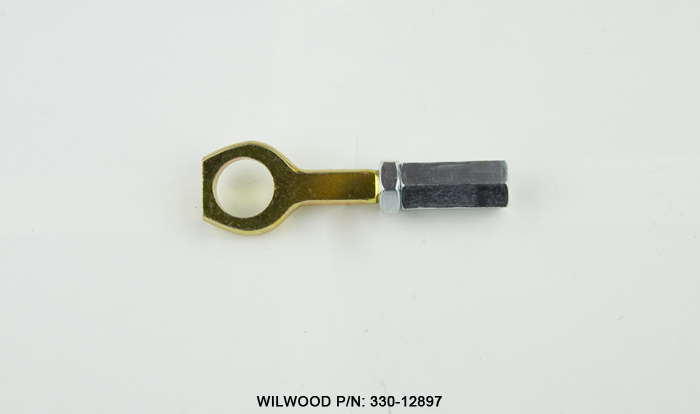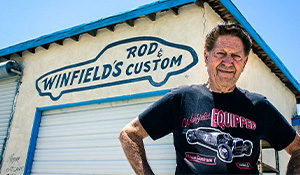End of the line for Holden
Australia’s car industry officially came to an end on the morning of 20 October, 2017, when the last Australian-made car – a Holden VFII Commodore SS-V Redline – rolled off the production line at Holden’s manufacturing plant at Elizabeth, South Australia.
The SS-V manual sedan was preceded by a Caprice V V8 automatic sedan (the final Caprice), a Calais V V6 automatic wagon (the final Commodore wagon) and a V8 auto Commodore SS ute (the final Commodore ute). All four vehicles were built on that final morning of production and all will be retained by Holden for their Heritage Collection.
Final Domino Falls
The last day of production at Holden’s Elizabeth plant marks the final domino to fall in Australia’s car manufacturing history, with the last Australian-made Holden preceded by Toyota’s closure of their Australian manufacturing plant just over a fortnight earlier on 3 October, while Ford ended their Australian vehicle manufacturing operations in October, 2016.
Mitsubishi closed their Australian manufacturing plant in 2008, Nissan in 1992, Chrysler in 1981 and Volkswagen in 1968.
The closure of the Elizabeth plant means 955 direct job losses at Holden, but the impact on the supply chain and supporting businesses will result in many thousands more.
In transitioning to an import, design and engineering business, Holden says they will keep 1,000 design, engineering and head office jobs here, in addition to retaining the Australian design studios and Lang Lang proving ground.
Speaking on the final day of production, Holden Chairman and Managing Director, Mark Bernhard, said: “Treating our people with dignity and respect was always our number one priority during this transition and we’re all proud we were able to achieve that, as recognition of their dedicated service over the years.
“Holden also appreciates the partnership and assistance of the state and federal governments, along with the unions, over many years.
“Right after supporting our people comes ensuring we set Holden up for success for many years to come. The best way we can honour our people and our heritage is by building a successful future.
“Today, however, is about paying tribute to the generations of men and women across Holden and our supply network who have given so much to our company. Holden is the icon it is today only because of these passionate people. On behalf of everyone at Holden, I thank you for your service from the bottom of my heart.”
Last Australian
While sad, it’s perhaps fitting that a Holden was the last Australian-made volume production car, as Holden has always been more “Australian” than any other car either manufactured or assembled here.
The last Holden off the line ends a 69-year manufacturing story that started with the release of the 48-215 (aka FX) in November, 1948, but goes back even further, as Holden had bodied cars for other manufacturers, including Chevrolet, Buick, Dodge, Oldsmobile and even Ford, in the decades prior.
As a business, Holden can trace its origins back to 1856, first as a saddlery, then in repair and coachbuilding for horse-drawn carriages before producing its first complete automobile body in 1914.
In 1917, an import tariff on imported cars kick-started the Australian automobile body industry, Holden producing almost 100 bodies that year, leading to the creation of ‘Holden’s Motor Body Builders’ (HMBB) a year later to capitalise on demand.
By 1923, HMBB had been contracted by General Motors to produce bodies for GM cars exclusively, which in turn led to the formation of General Motors-Holden’s in 1931.
The Future?
While all future Holdens will be imports, the Commodore name will be retained, at least in the short term. The German-built ZB Commodore is due here in March, 2018, part of a new product onslaught from Holden that promises 24 new models by 2020.
While V8 fans are mourning the fact that the next-generation Commodore will not be offered with a V8 engine (four-cylinder and V6 only), there is a ray of light in the form of the Camaro.
Rumours of the Camaro coming to Australia have been circulating for years, but Holden’s announcement on 20 October has all but confirmed it, saying they will bring “a true, rear-drive V8 sports car” to Australia.
The statement puts no timing on the arrival, nor what that V8-engined car will be, but the smart money is on the Camaro as a direct challenger to Ford’s Mustang and possibly arriving as early as 2019.
Despite the need to convert the Camaro to RHD, the success of the Mustang locally (Australia is the world’s biggest RHD market for the Mustang) shows an appetite for RWD V8 performance cars in this country that’s sure to increase when V8-engined Commodores empty out of new car showrooms.
The Camaro is expected to retain its Chevrolet badging and identity, rather than be re-badged as a Holden, with the same predicted for the Corvette. The next-generation Corvette will be built in both LHD and RHD, so expect to see that on Aussie roads as a factory-imported product in the future, possibly in 2020.


















Holden – A Brief Timeline
1856 – J.A. Holden & Co. founded in Adelaide, South Australia.
1914 – First complete Holden automotive body built
1931 – Holden’s Motor Body Builders and General Motors Australia merge to form General Motors-Holden
1948 – First Holden-badged car – the 48/215 – released
1953 – Holden reaches peak of Australian new car market share – 50.3 per cent
1958 – Foundations laid for new plant at Elizabeth, SA
1962 – One millionth Holden built (EJ Premier)
1965 – Full vehicle manufacture begins at Elizabeth
1968 – HK Series launched, first Monaro, first Statesman, first Kingswood, first Holden V8
1971 – HQ Series launched, 485,650 produced
1978 – First Commodore launched
1990 – Five millionth Holden built (VN Calais)
2005 – Holden’s highest production year – 153,026 cars
2008 – Seven millionth Holden built (VE Commodore)
2017 – Holden ends vehicle manufacturing in Australia after producing 7,687,675 Holden-badged vehicles













